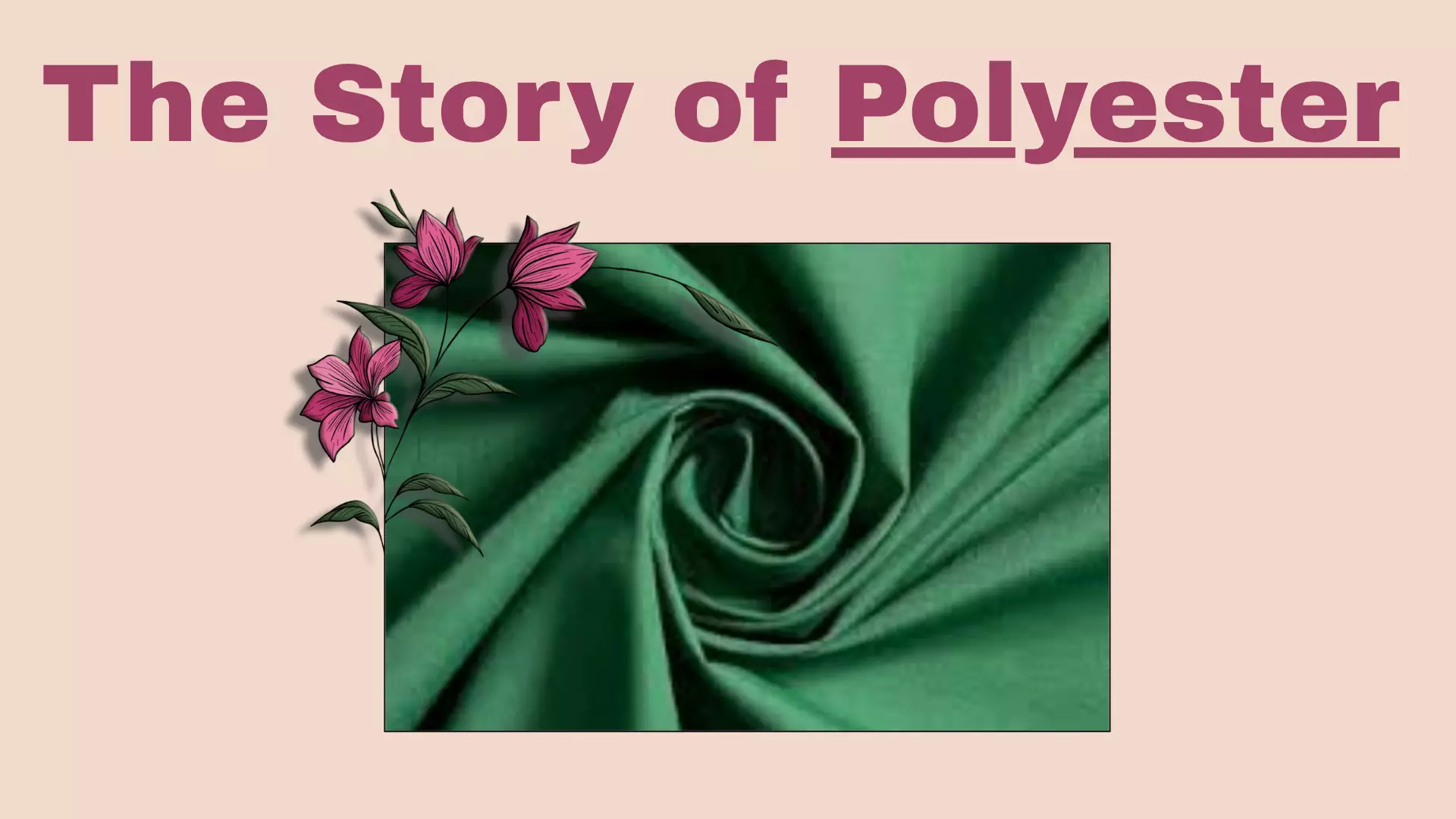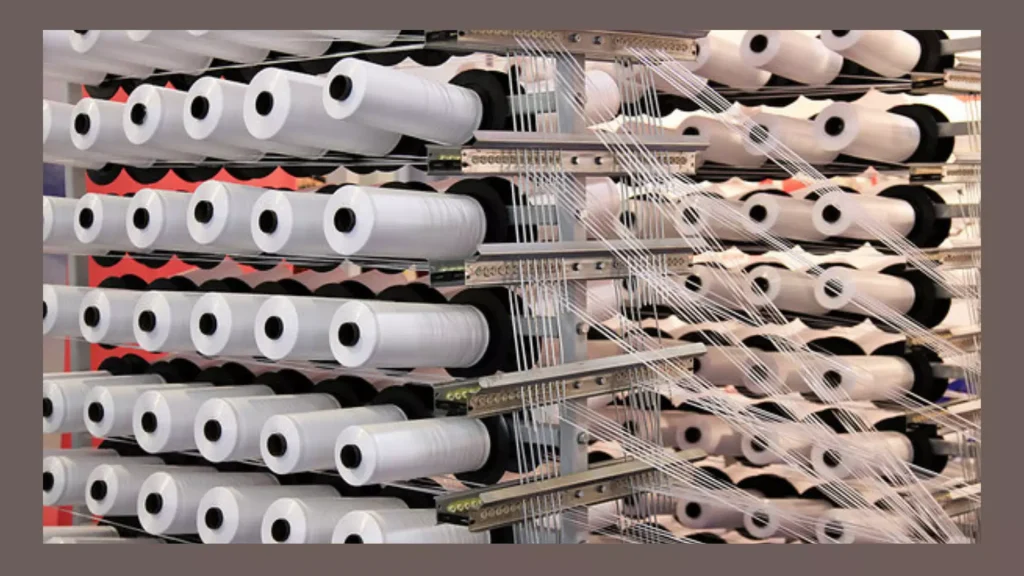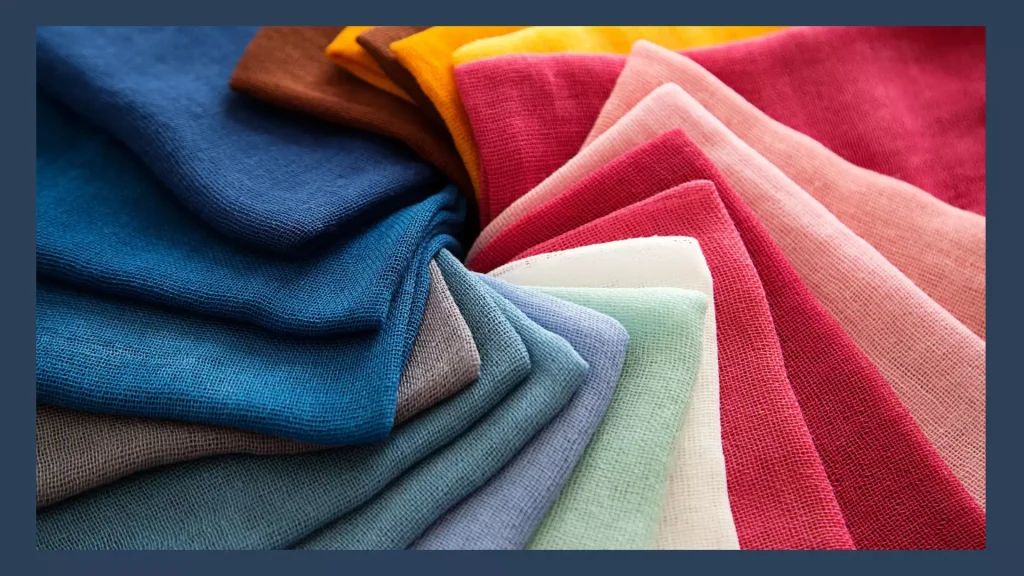What Does Polyester Feel Like? The Story of Man Made Fabric

What Does Polyester Feel Like? Polyester is one of the most used fabrics worldwide. It’s commonly loved for its affordability, low maintenance, and durability. However, businesses and brands are still hesitant to use 100% polyester in their products. Why is that? Does using polyester impact their brand image or sales? Are customers afraid to use polyester-made products? Let’s take a few steps back and take an overview. So, you can get a clear understanding of “what does polyester feel like?”.
In the 1980s, polyester became a villain in the fashion industry after reaching the pinnacle of success for 2-3 decades. It ruled the fashion industry in the 60s and 70s. But as it said, “the greatest accomplishment is not in never falling, but in rising again after you fall”. It’s actually what happened with the polyester fabric.
This in-depth guide is all about helping you understand what does polyester feel like as if you’re holding it in your hand (trust me, you can feel it if you imagine with eyes closed😝). We’ll also touch on the history of how polyester was discovered. Let’s clear the confusion, all at once.
What is Polyester Fabric?
Unlike cotton, wool, and silk, polyester isn’t a natural fibre. Rather, it was made out of necessity during World War II when cotton and silk weren’t easily available to the people. It was first created in 1941 in the UK to find new synthetic materials that aren’t dependent on natural resources. A synthetic fiber is a fiber that is man-made, through different chemical reactions. That’s how the story of polyester began. Fast forward to 2021, when 113 million tonnes of fabric were produced in the textile industry, out of which 54% was polyester (yup, that’s true). So, you must know everything about this fabric, especially if you’re someone related to the textile or fashion industry.
How is Polyester Made?
The process of making polyester starts with petroleum, which is why some people have associated it with bad fashion, as plastic and gasoline are also derived from petroleum. Since we’re in the era of innovation, there are multiple ways of making polyester sustainable and environmentally friendly. But for now, let’s understand how polyester is made from the beginning.

What Does Polyester Feel Like?
If you ever wondered “what does polyester feel like”, here’s your answer: unfortunately, there’s not a one-size-fits-all answer for this question. Because the feel of the polyester depends on the process it has been through during preparation.
There are three main factors, i.e., fiber thickness, weave type, and blends, which directly impact the feel of polyester. For example, the thinner the fiber, the softer the fabric. If the fiber is too thick, it’ll feel like plastic against the skin. Similarly, if a tight weave has been given to the fiber, it produces a slick, silky fabric. And if the polyester is blended with natural fibers such as cotton, it definitely gets softer.
Now, let’s explore each property in detail.
1. Soft and Smooth Polyester
As you understand by now, how polyester is made and the chemicals that are used in the manufacturing. It’s time to learn how you can achieve the softness and barely-there feel in polyester. When the yarns are tightly woven during the process, it minimizes the gaps between fibers, which creates a smooth surface of the fabric. That’s why microfiber polyester is the definition of ultra-softness. Finishing techniques such as heat setting and calendaring also make it cool to the touch. In fact, some varieties can even mimic the luxurious feel of fabrics like satin or silk — here’s a detailed comparison of satin vs silk to see how they stack up.
2. Stiff and Structured Variants
When the polyester is rigid, or plastic-like, that happens because of various factors such as coated surfaces, higher denier, loose weaves, or no softeners are used in finishing. This practice is commonly used for manufacturing outwear shells, school uniforms, curtains, reusable shopping bags, table covers, etc.
3. Brushed or Textured Polyester
If you haven’t heard this term before, brushed polyester refers to such polyester that has been made by scraping the surface of the fabric mechanically to lift the fibers. By the end of this process, the polyester turns into a peachy soft fabric, or even gets a velvety touch. It feels like a warm and cozy hug in winters when you’re shivering from the freezing temperature. This brushed textured polyester is usually used to manufacture throws, sweatshirts, leggings, loungewear, and baby blankets.

4. Stretchy and Form-Fitting Feels
Polyester becomes stretchy throughout the preparation process. For example, during the blending stage, 5% to 15% of spandex fibers are mixed during the spinning or knitting stage. It feels sleek and slightly compressive, and moves with the skin. Mostly, it’s used to make yoga pants, athletic wear, base layers, compression tops, etc.
5. How Blends Change The Feel
By now, you must have understood that the answer to “what does polyester feel like?” varies by the customized process it undergoes. Let’s take blending for the sake of example. Blending is one of the most crucial steps of the entire process, which determines the feel and texture of polyester.

If cotton is blended with polyester, the features of that fabric are wrinkle-resistance, natural feel, and better breathability than pure polyester. Similarly, if wool is blended with polyester, it has a texture of soft, structured, and gives the experience of coziness, mostly used to manufacture suits, business attire, etc.
In short, the blending stage is a table-turner when it comes to finalizing the texture of polyester.
Pros and Cons of Using Polyester Fabric
While we have looked at the question “what does polyester feel like?” from different aspects, it’s time to understand the ins and outs of using polyester fabric.
PROS
CONS
So, What Does Polyester Feel Like…For Real?
Next time, when you touch a jacket, suit, or bedsheet and think if it has polyester, you must remember that the feel of polyester is dependent on the process it undergoes. It’s a whole story of a fabric that you have learned to read today. Hence, by now, you have got the answer to your question, “What does polyester feel like?”.
Now, we expect you to touch smart and shop smarter.
